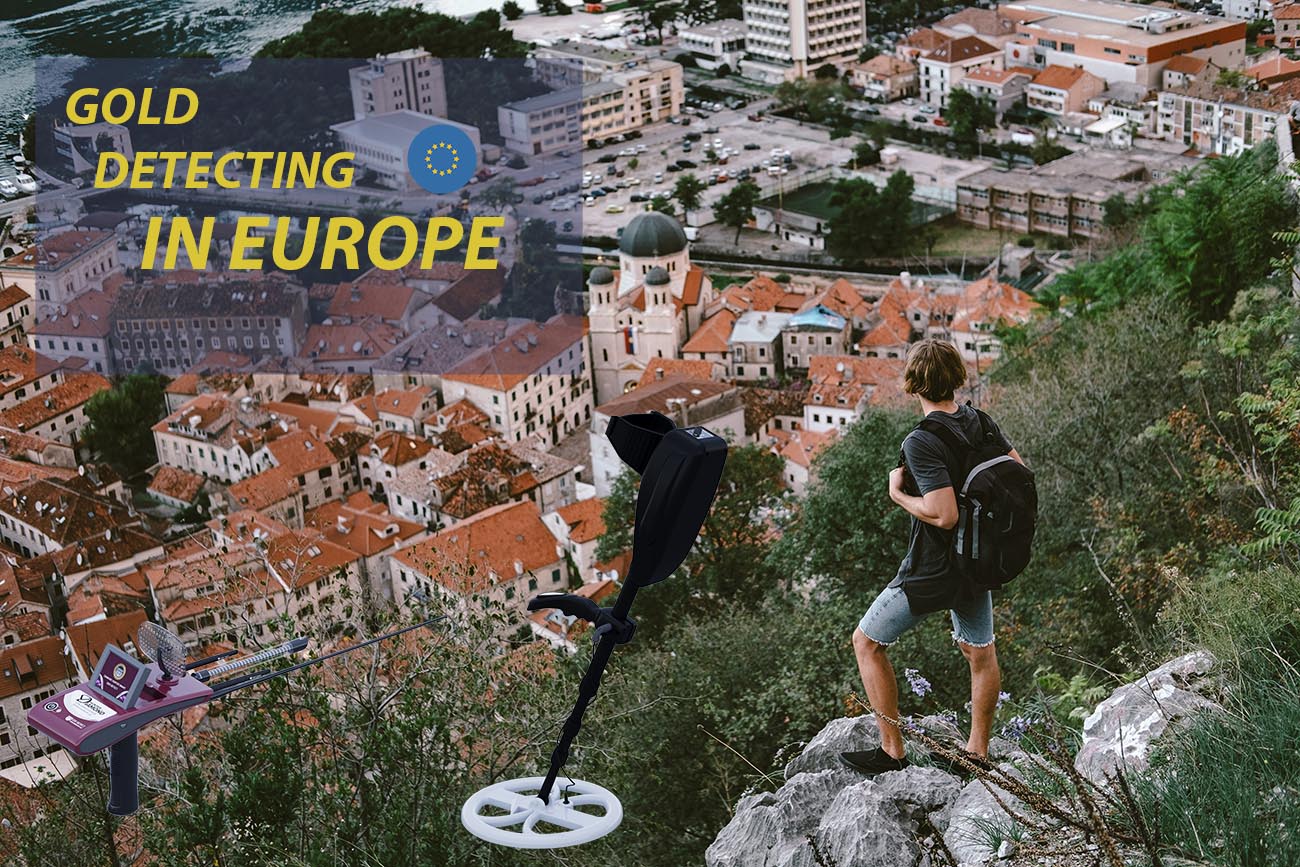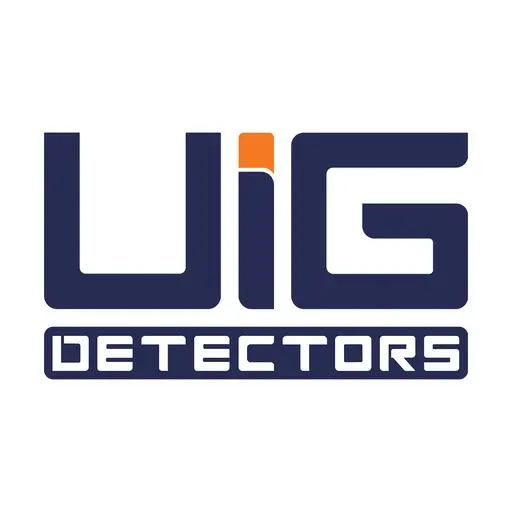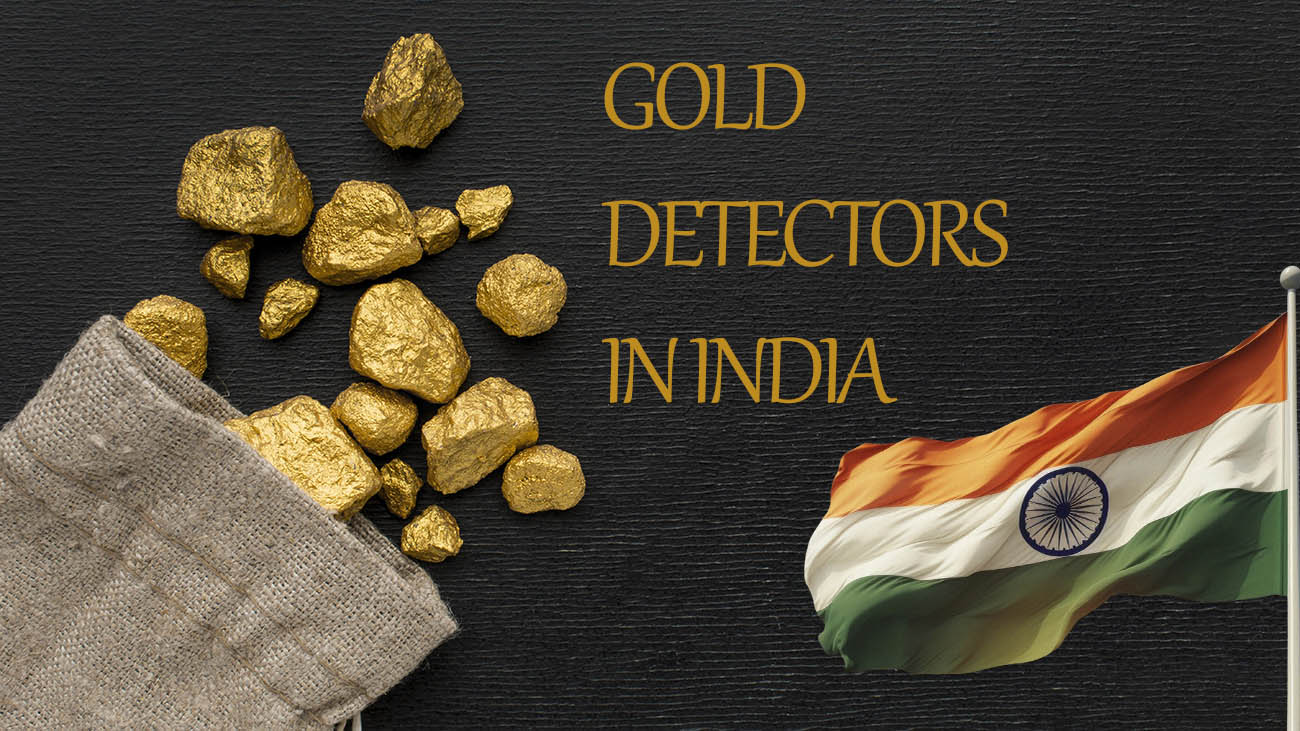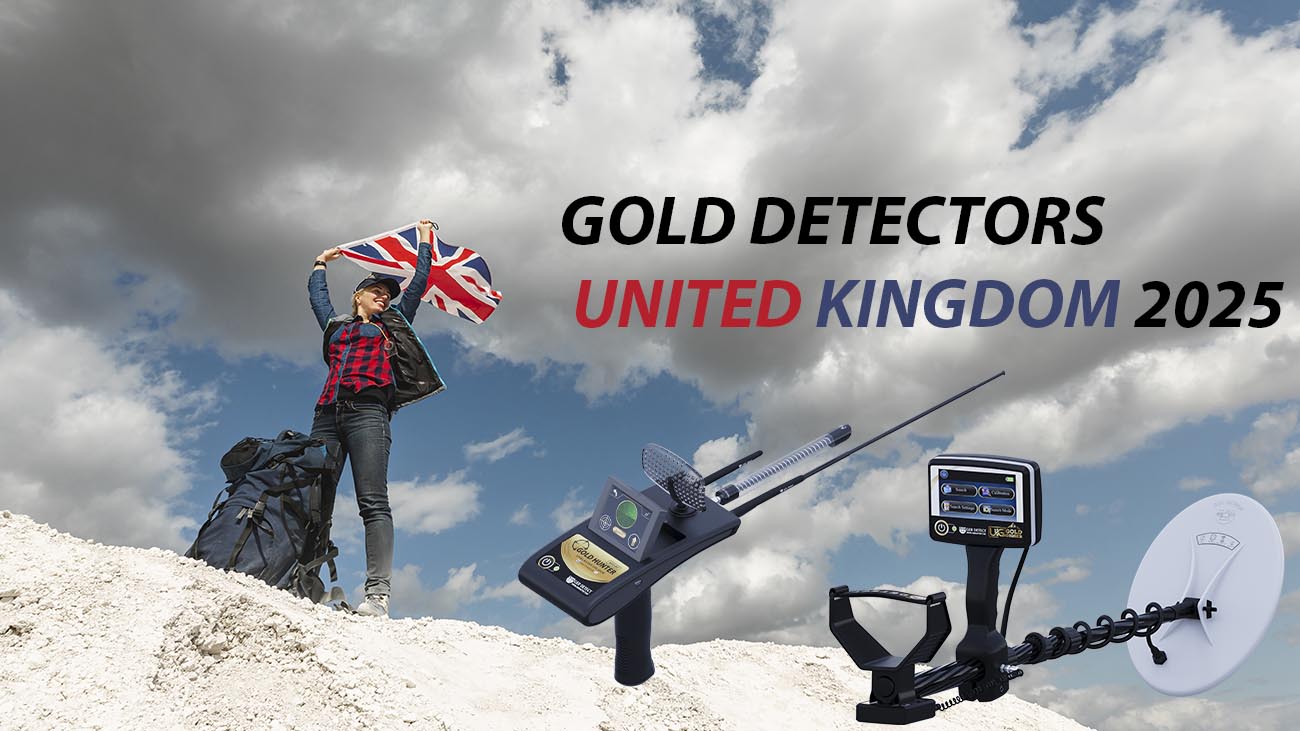Blogs
Gold Detectors in a Europe 2025

Table of Contents
Gold Detectors in a Europe 2025
The European landscape, steeped in centuries of history and teeming with hidden treasures, beckons to the intrepid explorer. From the ancient Roman roads of Italy to the Viking-era shores of Scandinavia, whispers of lost gold, forgotten relics, and long-buried secrets tantalize the modern-day treasure hunter. Armed with advanced technology and a spirit of adventure, gold detectors are leading a new wave of discovery across the continent.
So, you’re curious about gold detecting in Europe? It’s got a fascinating history, especially when you consider the lure of gold throughout the ages.
Think about it: Roman legions marched across the continent, leaving behind trails of lost coins and artifacts. Viking raiders buried their treasures, and countless prospectors chased rumors of hidden gold deposits. This rich history has created a landscape ripe for exploration by modern-day gold seekers.
Early gold seekers likely relied on simple tools and a bit of luck. But with the invention of modern gold detectors, the game changed entirely. These sophisticated machines, with their ability to detect minute traces of gold buried beneath the surface, have revolutionized the search.
Why is gold detecting so popular in Europe?
- Historical Significance: Europe is a treasure trove of historical sites, from ancient Roman ruins to medieval castles. These locations often hold the potential for discovering lost gold coins, jewelry, and other valuable artifacts.
- Recreational Pursuits: Gold detecting offers a thrilling outdoor adventure. It’s a chance to explore the countryside, enjoy the fresh air, and experience the thrill of the hunt.
- Potential for Discovery: While finding significant gold nuggets might be rare, the possibility of uncovering something valuable – a Roman coin, a Viking ring, or even a small gold nugget – keeps the excitement alive.
However, responsible gold detecting is crucial. It’s essential to respect private property, adhere to local regulations, and minimize environmental impact.
Best Gold Detectors in Europe 2025:
Finding gold requires the right tools for the job. Choosing a gold detector that is both durable and effective is crucial for success. Look no further than UIG Detectors for a range of high-quality options designed to help you find your fortune.
Find all of them here click here
Also here are some examples of some tools
UIG GOLD DIGGER device

ntroducing the UIG GOLD DIGGER: A Revolutionary Multi-System Detector
The UIG GOLD DIGGER boasts seven advanced search systems, enabling the detection of buried gold, raw gold deposits, gold veins, hidden treasures, precious metals, and even ancient gold, bronze, and silver coins deep underground.
Crafted through extensive scientific research and rigorous field trials by UIG Detectors Company, the GOLD DIGGER represents a groundbreaking achievement. It stands as the world’s first device capable of pinpointing underground gold, precious metals, and hidden treasures with unparalleled accuracy.
TITAN GER 1000

Introducing the TITAN GER-1000: An All-in-One Treasure Hunting Powerhouse
The TITAN GER-1000 is a revolutionary search station, integrating five cutting-edge search systems into a single, specialized device. This powerful tool is designed to detect a wide range of underground targets, including:
- Buried gold
- Hidden treasures
- Ancient artifacts
- Precious metals
- Archaeological treasures
- Tunnels, passages, and caves
- Voids
- Diamonds
- Gemstones
Exciting News for Treasure Hunters!
This groundbreaking technology offers unparalleled capabilities for those seeking buried gold, hidden treasures, ancient artifacts, precious metals, archaeological treasures, underground structures, and valuable gemstones.
DEEP SEEKER device

Introducing the DEEP SEEKER: Unlocking Subterranean Riches
The DEEP SEEKER, a global first, integrates five specialized systems to detect a wide range of underground treasures, including:
- Gold
- Hidden treasures
- Precious metals
- Ancient artifacts
- Caves and voids
A collaborative effort by GER Detect and UIG Detectors, the DEEP SEEKER is designed to empower gold enthusiasts, treasure hunters, and diamond seekers. Its robust design ensures adaptability across diverse terrains and challenging weather conditions.
Leveraging cutting-edge technologies, the DEEP SEEKER represents the pinnacle of exploration technology, fulfilling the dreams of explorers and prospectors worldwide.
Here is some proof about how effective our detectors are
Gold Prospecting Laws and Regulations in Europe :
Here’s a breakdown of metal detecting regulations in some key European countries:
Gold detetecting in United Kingdom:
- Generally Permissive: Metal detecting on private land is generally permitted with landowner permission.
- Treasure Trove: The Treasure Act 1996 defines “treasure” and requires the reporting of certain finds to the local coroner.
- Protected Sites: Metal detecting is often restricted or prohibited on Scheduled Monuments, Sites of Special Scientific Interest (SSSIs), and other protected areas.
Gold detetecting in France:
- Stricter Regulations: Metal detecting on private land generally requires landowner permission.
- Archaeological Finds: Any significant archaeological finds must be reported to the relevant authorities.
- Protected Areas: Metal detecting may be prohibited in national parks, historical sites, and other protected areas.
Gold detetecting in Germany:
- Variable Regulations: Laws vary by state.
- Archaeological Finds: Any finds of historical or archaeological significance must be reported.
- Permits: In some cases, permits may be required for metal detecting activities.
Gold detetecting in Spain:
- Cultural Heritage Law: Spanish law emphasizes the protection of cultural heritage.
- Permits: Permits may be required for metal detecting activities, especially in areas of archaeological interest.
- Private Property: Always obtain landowner permission before detecting on private land.
Gold detetecting in Italy:
- Stricter Regulations: Metal detecting in Italy can be complex.
- Archaeological Superintendence: Archaeological finds must be reported to the relevant Superintendence.
- Protected Areas: Metal detecting is often prohibited in archaeological sites and protected areas.
Gold detetecting in Portugal:
- Requires authorization from the relevant cultural heritage authorities.
Gold detetecting in Netherlands:
- Generally requires landowner permission and may have restrictions in protected areas.
Gold detetecting in Belgium:
- Regulations vary by region. Archaeological finds must be reported.
Gold detetecting in Switzerland:
- May require permits or licenses depending on the location.
Gold detetecting in Austria:
- Regulations vary by region. Archaeological finds must be reported.
Gold detetecting in Sweden:
- Generally permitted with landowner permission, but restrictions may apply in protected areas.
Gold detetecting in Norway:
- Regulations can vary depending on the location and type of land.
Gold detetecting in Denmark:
- Generally permitted with landowner permission, but restrictions may apply in protected areas.
Gold detetecting in Finland:
- Regulations may vary by region. Archaeological finds must be reported.
Gold detetecting in Ireland:
- Regulations are in place to protect archaeological sites.

Top Places for Gold Prospecting in Europe
Europe, with its rich history and diverse geological formations, offers a fascinating landscape for gold prospecting. While large-scale mining operations dominate in some regions, there are still opportunities for recreational prospectors to try their luck. Here are some of the top spots for gold prospecting in Europe:
- Romania:
- Roșia Montană: This region boasts a long history of gold mining and continues to attract prospectors.
- The Apuseni Mountains: Known for its gold deposits, this area offers opportunities for both placer and lode gold prospecting.
- Spain:
- Las Médulas: A UNESCO World Heritage Site, this ancient Roman gold mining complex offers a glimpse into historical mining practices and may still hold potential for small-scale prospecting.
- Galicia: This region in northwestern Spain has a history of gold mining, with some areas still showing potential for recreational prospectors.
- France:
- Ariège: This region in southwestern France has a history of gold mining, particularly in the Pyrenees mountains.
- Rhône-Alpes: The French Alps have seen some gold production, and there may be opportunities for recreational prospecting in certain areas.
- Switzerland:
- The Swiss Alps: While not as renowned for gold as other regions, the Swiss Alps have seen some gold production historically.
- Finland:
- Lapland: This region in northern Finland, known for its stunning scenery, also has a history of gold mining.

Types of Gold Found in Europe:
Europe boasts a diverse geological landscape, resulting in a variety of gold occurrences. Here are some of the primary types of gold you might encounter:
- Placer Gold:
- This is likely the most sought-after type for recreational prospectors.
- Formed by the weathering and erosion of gold-bearing rocks, placer gold is found in riverbeds, streambeds, and glacial deposits.
- Look for areas with historical gold mining activity, as these often hold potential for placer gold.
- Lode Gold:
- Found within rock formations, often associated with quartz veins or other mineral deposits.
- Lode gold deposits can be more challenging to locate and often require more specialized equipment and techniques.
- Alluvial Gold:
- A type of placer gold found in alluvial deposits, which are sediments transported and deposited by water.
- Riverbeds and floodplains are common locations for alluvial gold.
- Electrum:
- A natural alloy of gold and silver, electrum can vary in color depending on the silver content.
- It’s often found in association with other gold deposits.
- Gold in Pyrite:
- Gold can be trapped within pyrite crystals (“fool’s gold”).
- While pyrite itself is not gold, it can sometimes contain small amounts of gold inclusions.
How to Choose the Right Gold Detector for You in Europe:
Here’s a breakdown on how to choose the right gold detector for you in Europe :
1. Experience Level:
- Beginner: A user-friendly detector with automatic ground balancing is ideal. Consider our Click here to view.
- Intermediate: Look for a detector with more features like adjustable discrimination and sensitivity controls. Our Click here to view offers a variety.
- Advanced: For experienced users, a high-performance detector with customization options is ideal. Explore our Click here to view.
2. Target Gold Size:
- Small Nuggets & Flakes: A high-frequency detector provides better detection for tiny gold pieces.
- Larger Nuggets: A lower frequency detector can penetrate deeper for larger gold targets.
Benefits of Buying a Gold Detectors from us
We have provided many detectors for our following European customers through out the past years, our sales team and after sales team are very helpful and assist our customers 24/7
Register today and we will help you with all your requirements
UIG detectors is here to assist you in finding your next Gold treasure and choosing the fit gold detector for you.
Register today to receive a free consultation, and our specialist will help you find your next gold detector.

Some Article interest you
FAQ
Is it legal to go gold prospecting in Europe?
Laws vary depending on the country. Generally, you’ll need permission from the landowner to prospect on private land. You may also need a permit from the government to prospect on public land. It’s important to research the regulations of the specific country and region you plan to visit before you go.
Where are the best places to go gold prospecting in Europe?
Some of the top spots for gold prospecting in Europe include Romania, Spain, France, Switzerland, and Finland. These countries have a history of gold mining and offer opportunities for recreational prospectors.
What type of gold detector should I use for gold prospecting in Europe?
The best type of gold detector for you will depend on your experience level and the type of gold you’re looking for. Beginner prospectors may want to start with a user-friendly detector with automatic ground balancing. More experienced prospectors may prefer a detector with more features, such as adjustable discrimination and sensitivity controls. If you’re looking for small gold nuggets and flakes, a high-frequency detector will be more effective. If you’re looking for larger gold nuggets, a lower frequency detector can penetrate deeper for larger gold targets.


